Home>Technology>Smart Home Devices>What Is Regular Printer Paper Called
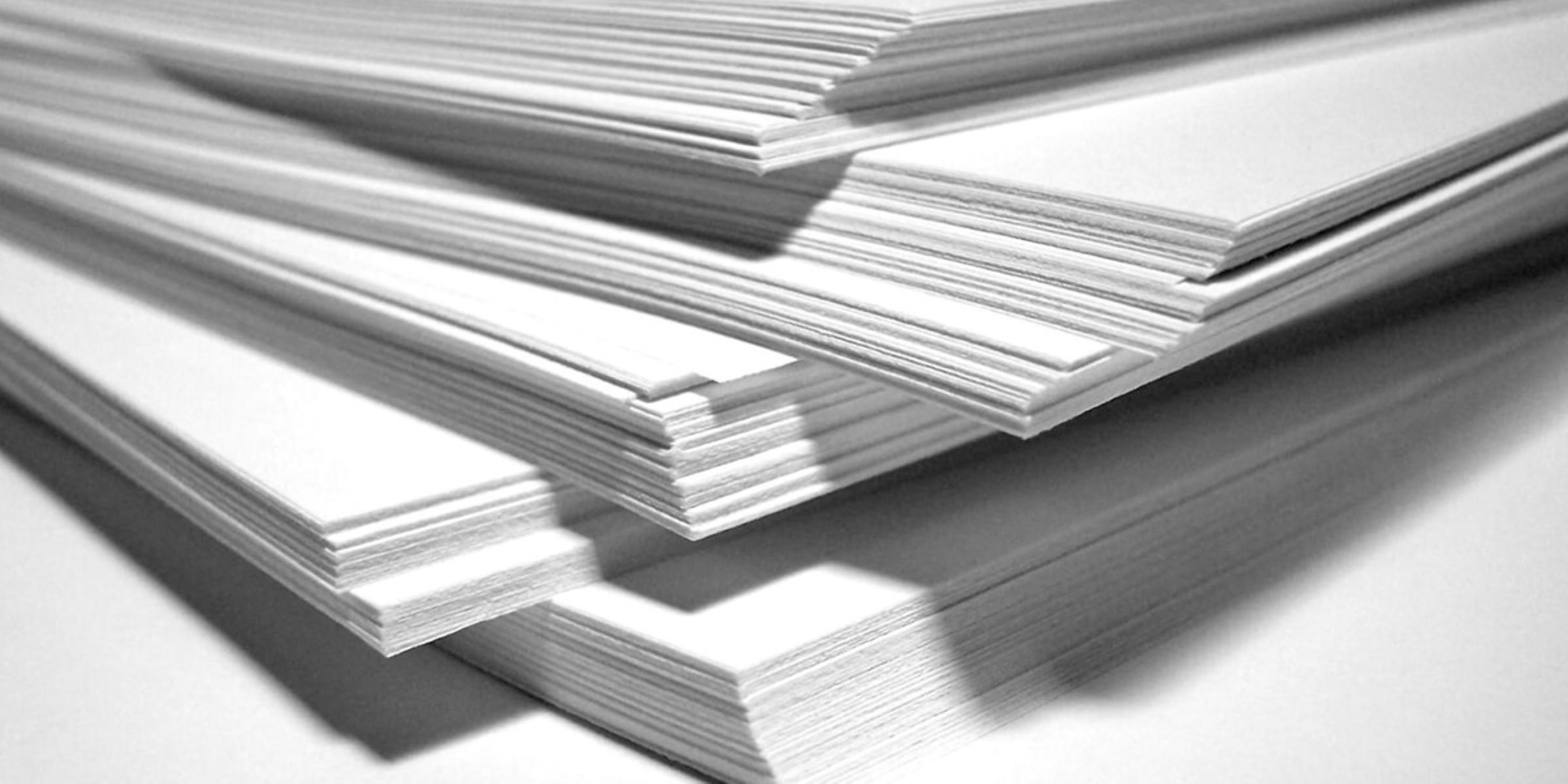

Smart Home Devices
What Is Regular Printer Paper Called
Published: January 21, 2024
Discover the benefits of using smart home devices for printing on regular printer paper. Explore how these devices can enhance your printing experience and streamline your workflow. Unlock the potential of smart technology for your everyday printing needs.
(Many of the links in this article redirect to a specific reviewed product. Your purchase of these products through affiliate links helps to generate commission for Storables.com, at no extra cost. Learn more)
**
Introduction
**
When it comes to printing documents, images, or any other materials, one essential component that often goes unnoticed is the paper. Regular printer paper, also known as copier paper, is a fundamental element in the world of printing. It serves as the canvas for all the information and graphics that are transferred from the digital realm to the physical one. In this comprehensive guide, we will delve into the intricacies of regular printer paper, exploring its various types, uses, and importance in everyday life. Whether you're a student, a professional, or simply someone who appreciates the art of printing, understanding the nuances of regular printer paper can lead to more informed decisions and enhanced printing experiences. So, let's embark on a journey to unravel the world of regular printer paper and gain a newfound appreciation for this seemingly mundane yet indispensable item.
**
Key Takeaways:
- Regular printer paper, also known as copier paper, is the essential canvas for printing documents, images, and more. It comes in various types and serves diverse purposes, making it a crucial tool for everyday printing needs.
- Understanding the types, uses, and composition of regular printer paper empowers individuals and businesses to make informed decisions for their printing needs. Its versatility and reliability make it an indispensable resource for transforming digital content into tangible, shareable assets.
Definition of Regular Printer Paper
**
Regular printer paper, also commonly referred to as copier paper, is a type of paper specifically designed for use in printers and copiers. It is typically characterized by its standard size, weight, and composition, making it suitable for a wide range of printing tasks. The most prevalent size for regular printer paper is 8.5 x 11 inches (or A4 size in some regions), which is compatible with the majority of home and office printers. This standard size ensures universal compatibility and ease of use, allowing individuals and businesses to produce printed materials without encountering compatibility issues.
In terms of weight, regular printer paper is often categorized by pounds or grams per square meter (GSM). The weight of the paper affects its thickness and durability, with common weights ranging from 20 to 24 pounds, or 75 to 90 GSM. This weight range strikes a balance between being lightweight enough for smooth feeding through printers and copiers while offering sufficient sturdiness to prevent easily tearing or wrinkling during handling.
Composition-wise, regular printer paper is typically made from wood pulp, although some variations may incorporate recycled materials for eco-friendly purposes. The manufacturing process involves refining the pulp, forming it into thin sheets, and drying them to achieve the desired smoothness and consistency. The resulting paper is optimized for printing, ensuring that ink or toner adheres effectively to the surface without smudging or bleeding, thus producing crisp and clear printed output.
Regular printer paper is available in both plain and specialty finishes, with the former being the most commonly used for everyday printing needs. The smooth, uncoated surface of plain printer paper facilitates the absorption and drying of ink or toner, making it suitable for text documents, reports, forms, and other standard printouts. On the other hand, specialty finishes such as matte, glossy, or satin are tailored for specific applications, such as high-resolution photo printing or professional marketing materials.
Overall, regular printer paper embodies a harmonious blend of size, weight, and composition, making it an indispensable tool for transforming digital content into tangible, shareable assets.
**
Common Types of Regular Printer Paper
**
When selecting regular printer paper for various printing needs, it’s essential to consider the specific types available in the market. Understanding the distinctions between these types can help individuals and businesses make informed choices based on their intended applications. Here are the common types of regular printer paper:
- Standard White Paper: This is the most widely used type of regular printer paper. It features a bright white color, providing a clean and professional backdrop for text and graphics. Standard white paper is suitable for everyday printing tasks, including documents, letters, and simple graphics.
- Recycled Paper: As environmental consciousness continues to grow, recycled paper has gained popularity. Made from post-consumer waste or pre-consumer waste from manufacturing, recycled paper offers an eco-friendly alternative without compromising print quality. It is available in various shades, reflecting its eco-friendly composition.
- Colored Paper: For added visual impact, colored printer paper comes in a spectrum of hues, allowing for creative and eye-catching printouts. It is often used for flyers, announcements, and promotional materials to grab attention and convey a specific aesthetic or branding.
- Pre-Punched Paper: This type of paper comes with pre-punched holes, eliminating the need for manual hole punching when organizing printed materials into binders or folders. It streamlines the document preparation process, particularly for reports, presentations, and manuals.
- Watermarked Paper: Watermarked paper features subtle designs or logos embedded into the paper during manufacturing. This type of paper is often used for official documents, certificates, and letterheads to convey authenticity and prestige.
Each type of regular printer paper serves distinct purposes, catering to diverse printing requirements and preferences. By understanding the characteristics and applications of these types, individuals and businesses can make informed decisions to achieve the desired visual and functional outcomes in their printed materials.
**
Regular printer paper is commonly referred to as “copy paper” or “printer paper.” It is typically 20lb weight and comes in standard letter size (8.5×11 inches).
Uses of Regular Printer Paper
**
Regular printer paper finds versatile applications across various personal, academic, and professional settings, serving as the canvas for a wide array of printed materials. Its universal compatibility and adaptability make it an indispensable tool for numerous tasks. Here are the primary uses of regular printer paper:
- Document Printing: The most common use of regular printer paper is for printing documents, including letters, reports, essays, and forms. Its standard size and weight make it ideal for producing text-based materials for personal, educational, and administrative purposes.
- Graphics and Images: Regular printer paper is also suitable for printing graphics, charts, and simple images. While it may not offer the same vibrancy and durability as specialized photo paper, it can effectively reproduce basic visuals for presentations, handouts, and reference materials.
- School and Office Projects: Students and professionals rely on regular printer paper for various projects, such as creating posters, flyers, and visual aids. Its versatility allows for easy customization and printing of project materials, enhancing visual communication and information dissemination.
- Administrative Tasks: In office environments, regular printer paper is essential for printing memos, agendas, spreadsheets, and other administrative documents. Its consistent quality and reliability make it a staple for day-to-day operational needs.
- Correspondence: Whether it’s personal letters, business correspondence, or formal invitations, regular printer paper provides a suitable medium for crafting and printing messages. Its smooth surface ensures that text is legible and presentable, conveying the intended tone and message effectively.
Moreover, regular printer paper serves as a foundational element for various creative and practical endeavors, allowing individuals to bring their ideas to life in tangible, shareable formats. Its affordability, accessibility, and ease of use make it an indispensable resource for anyone seeking to transform digital content into printed reality.
**
Conclusion
**
Regular printer paper, with its unassuming presence, plays a pivotal role in the realm of printing and document creation. From everyday printing tasks to specialized projects, its versatility and reliability make it an essential component in homes, offices, and educational institutions worldwide. Understanding the nuances of regular printer paper, including its types, uses, and composition, empowers individuals and businesses to make informed decisions when selecting the most suitable paper for their printing needs.
As technology continues to evolve, regular printer paper remains a timeless medium that bridges the digital and physical worlds. Its enduring relevance lies in its ability to transform digital content into tangible, shareable assets, whether in the form of documents, graphics, or creative projects. The standard size, weight, and composition of regular printer paper ensure universal compatibility and consistent performance across a wide range of printing devices and applications.
Moreover, the availability of various types of regular printer paper, such as standard white, recycled, colored, pre-punched, and watermarked, caters to diverse preferences and requirements, offering tailored solutions for specific printing tasks. Whether it’s conveying professionalism through crisp documents, adding visual impact with colored paper, or aligning with eco-friendly initiatives using recycled paper, the versatility of regular printer paper meets the demands of modern printing practices.
By recognizing the significance of regular printer paper and its multifaceted utility, individuals and businesses can elevate their printing experiences and achieve desired outcomes with confidence. As the foundation for countless printed materials, regular printer paper embodies the seamless fusion of functionality, accessibility, and reliability, making it an indispensable ally in the pursuit of effective communication and visual expression.
In conclusion, regular printer paper may be frequently overlooked, but its impact on the world of printing is undeniable. It serves as the silent enabler of countless printed creations, embodying the convergence of practicality and creativity in the realm of document production and visual communication.
Frequently Asked Questions about What Is Regular Printer Paper Called
Was this page helpful?
At Storables.com, we guarantee accurate and reliable information. Our content, validated by Expert Board Contributors, is crafted following stringent Editorial Policies. We're committed to providing you with well-researched, expert-backed insights for all your informational needs.
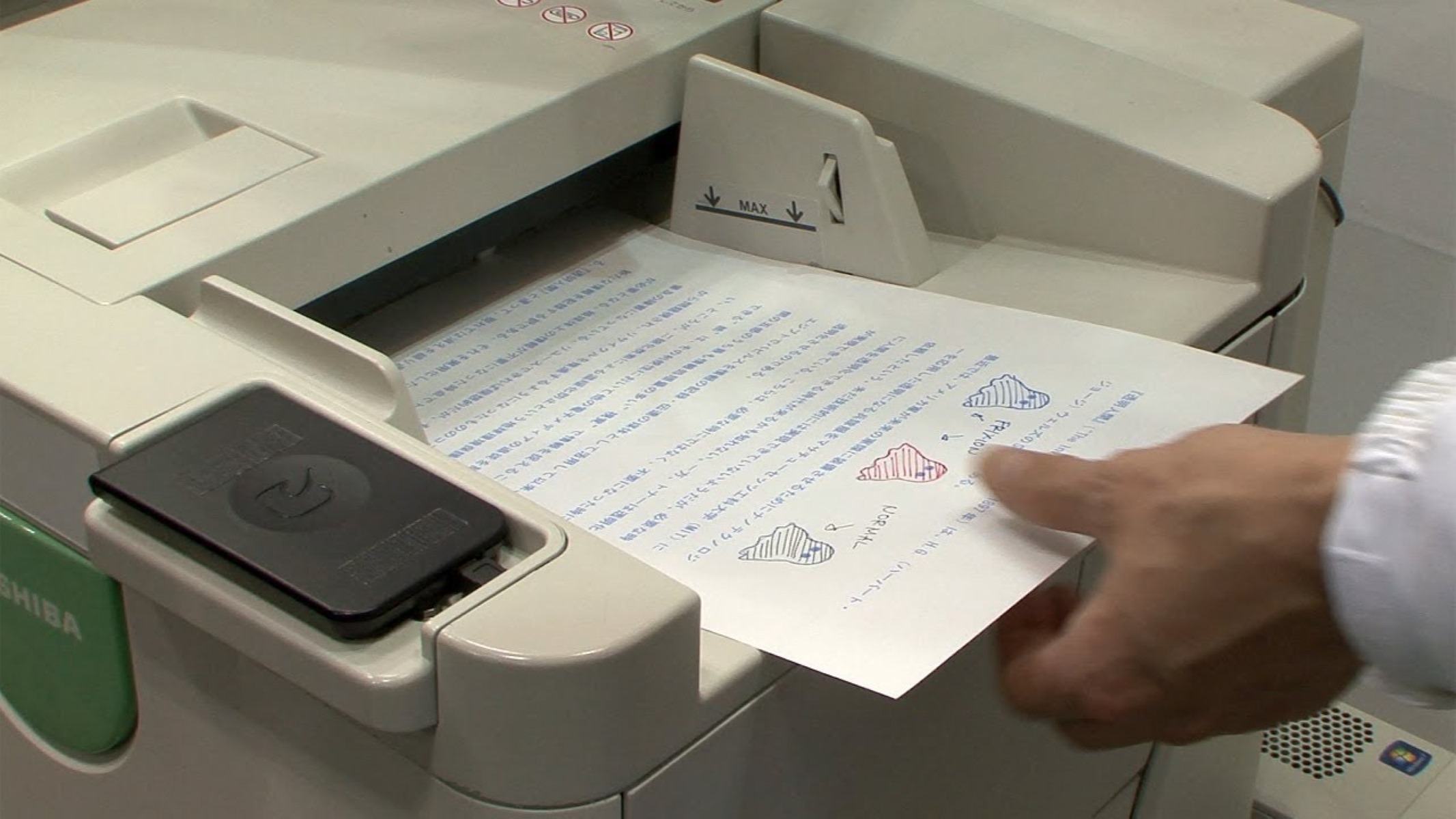

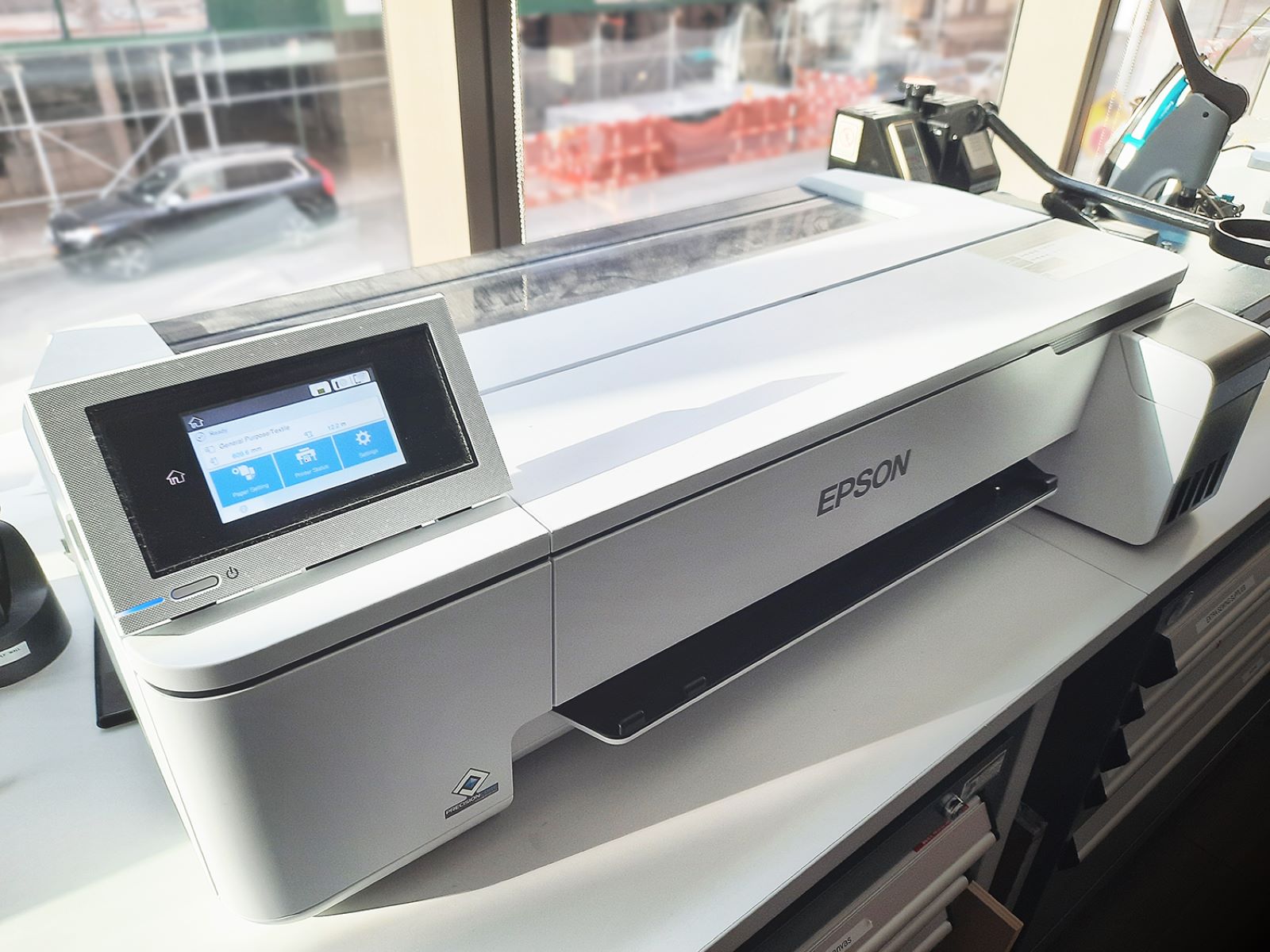

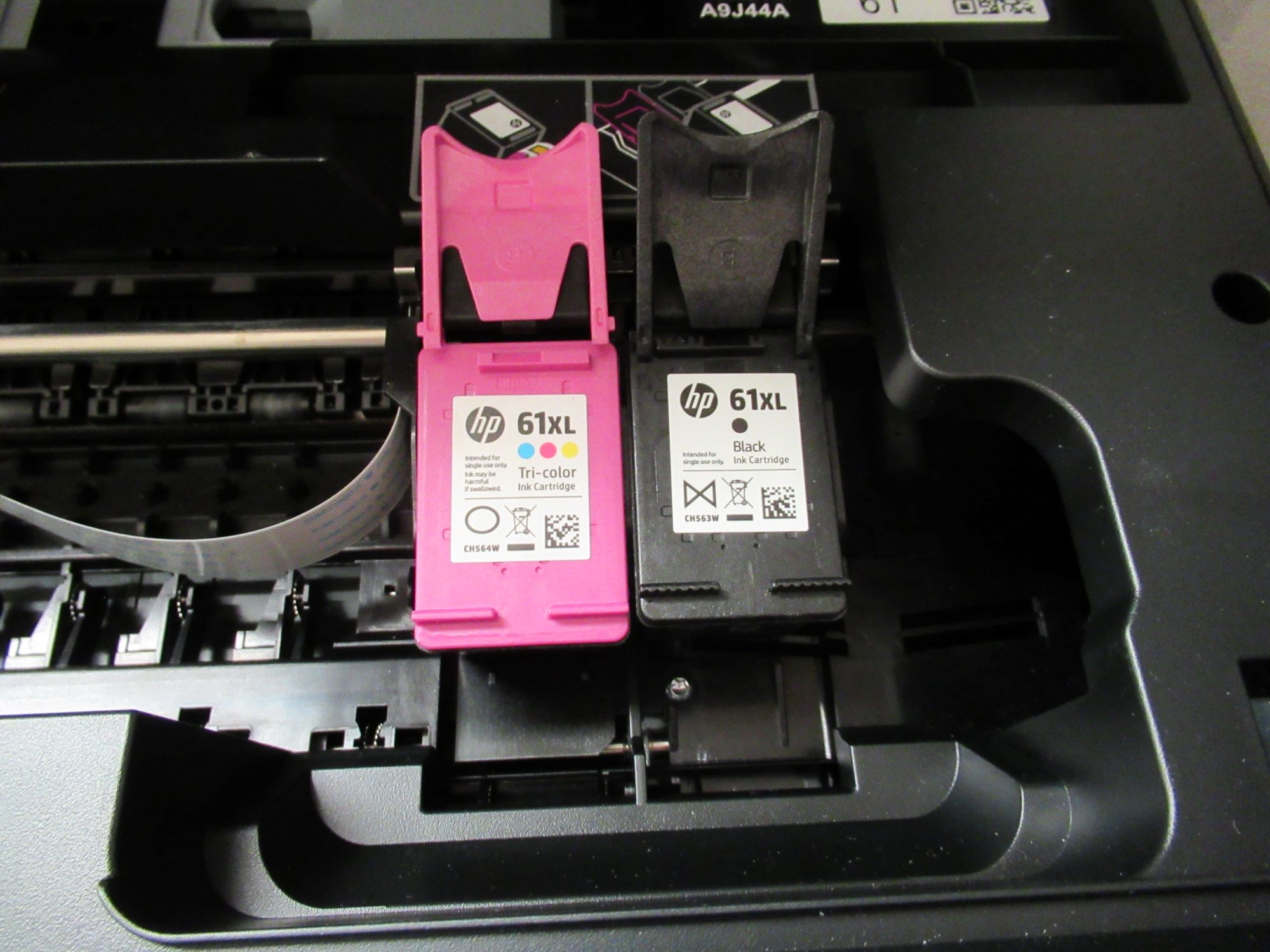
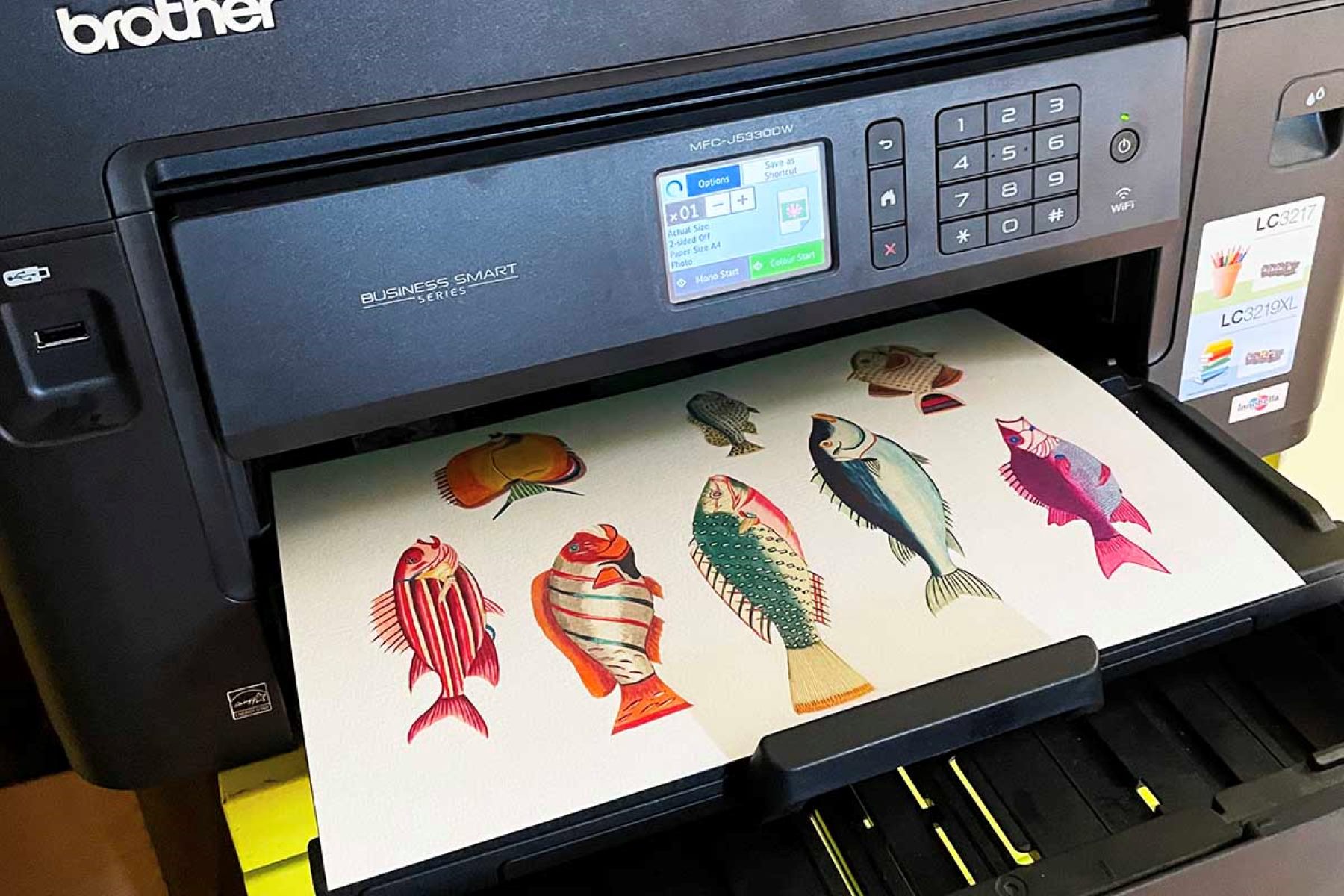
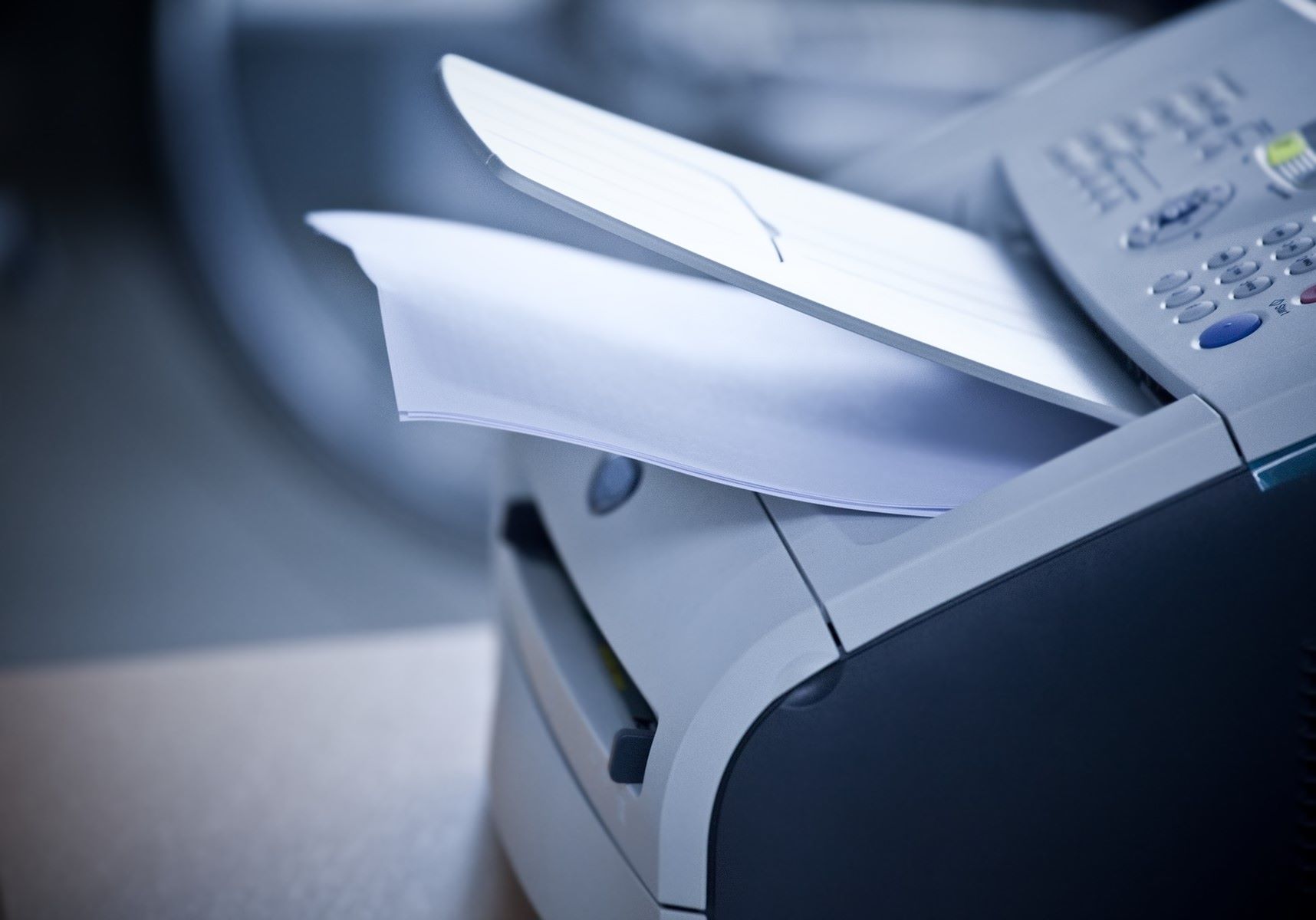
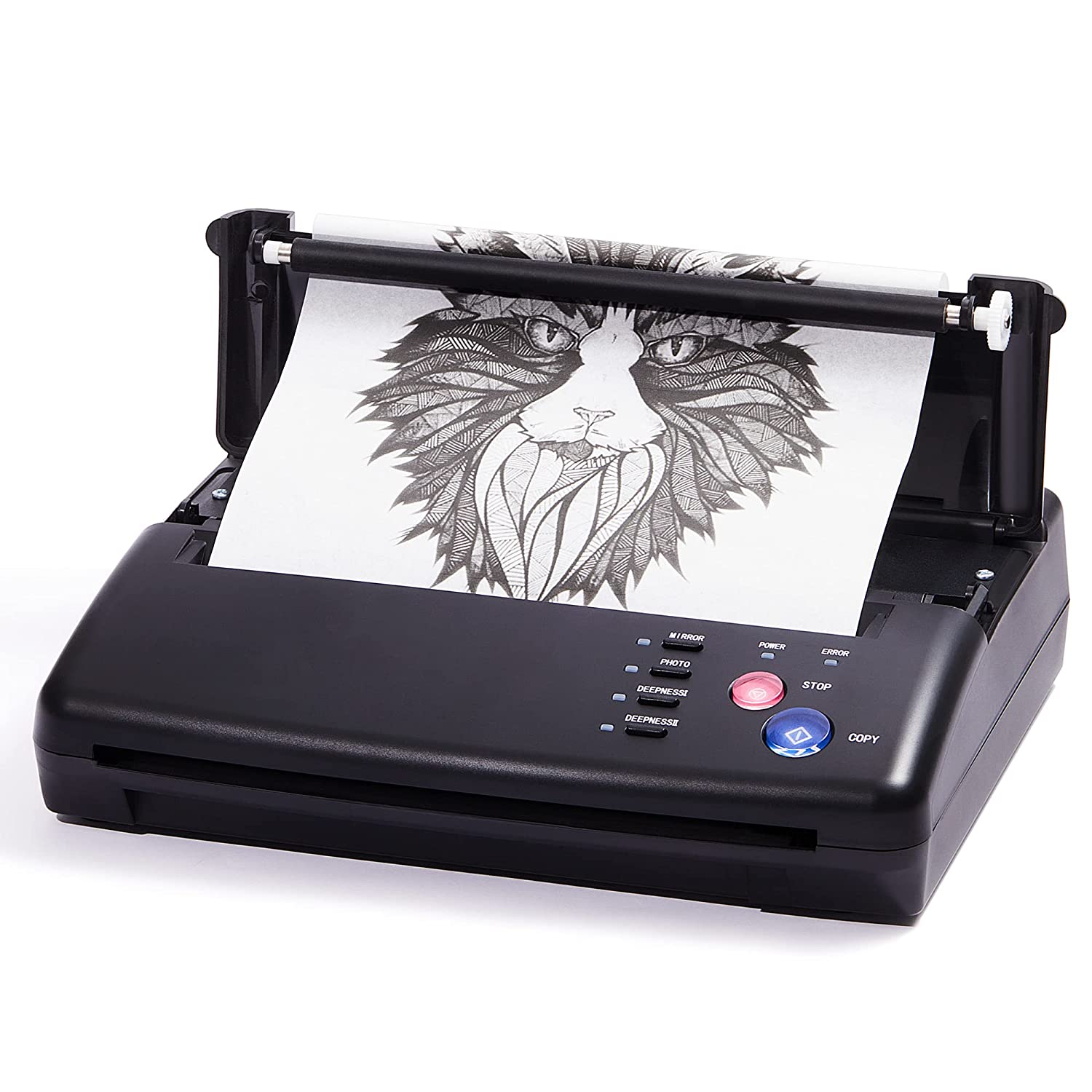
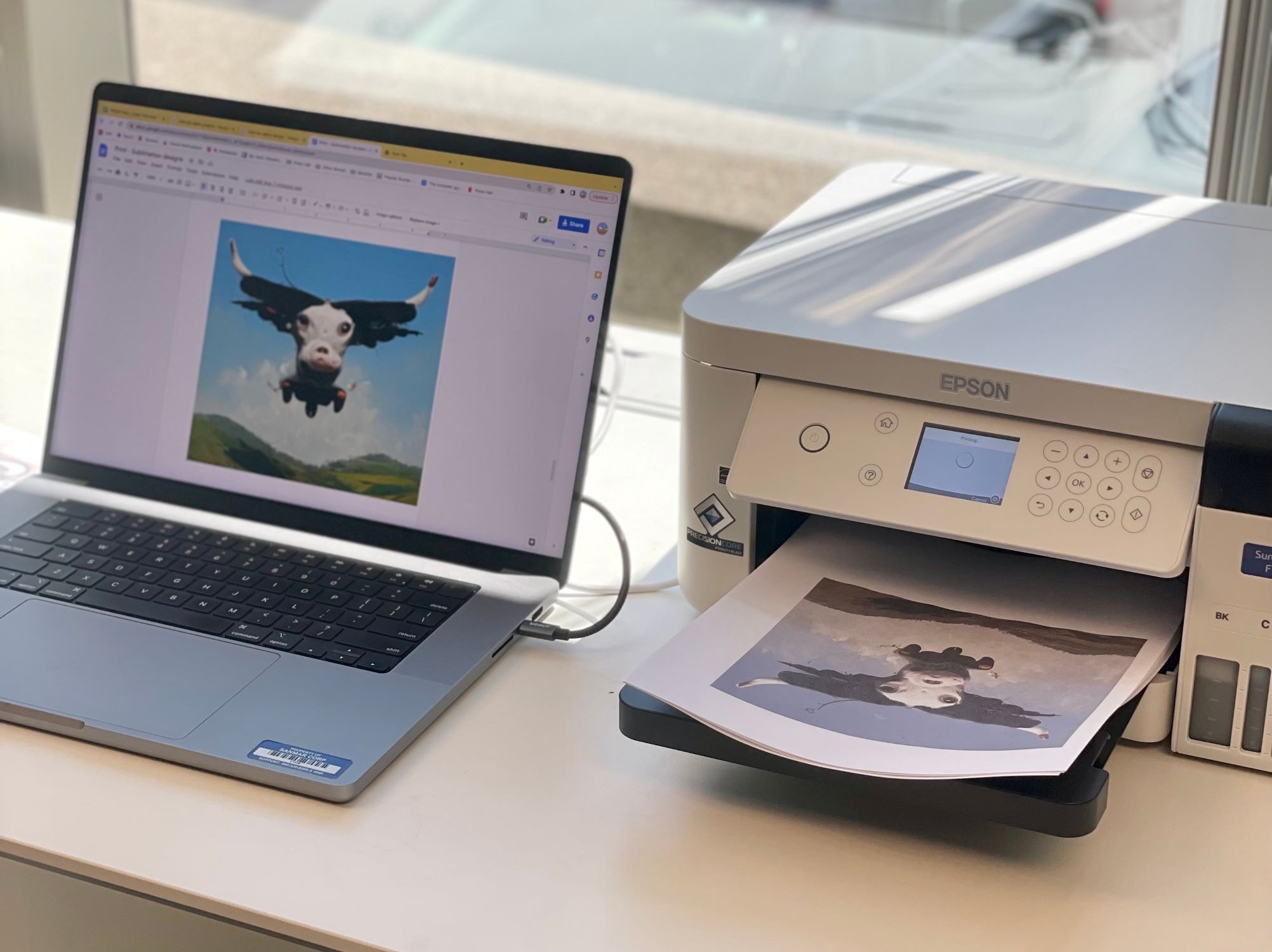
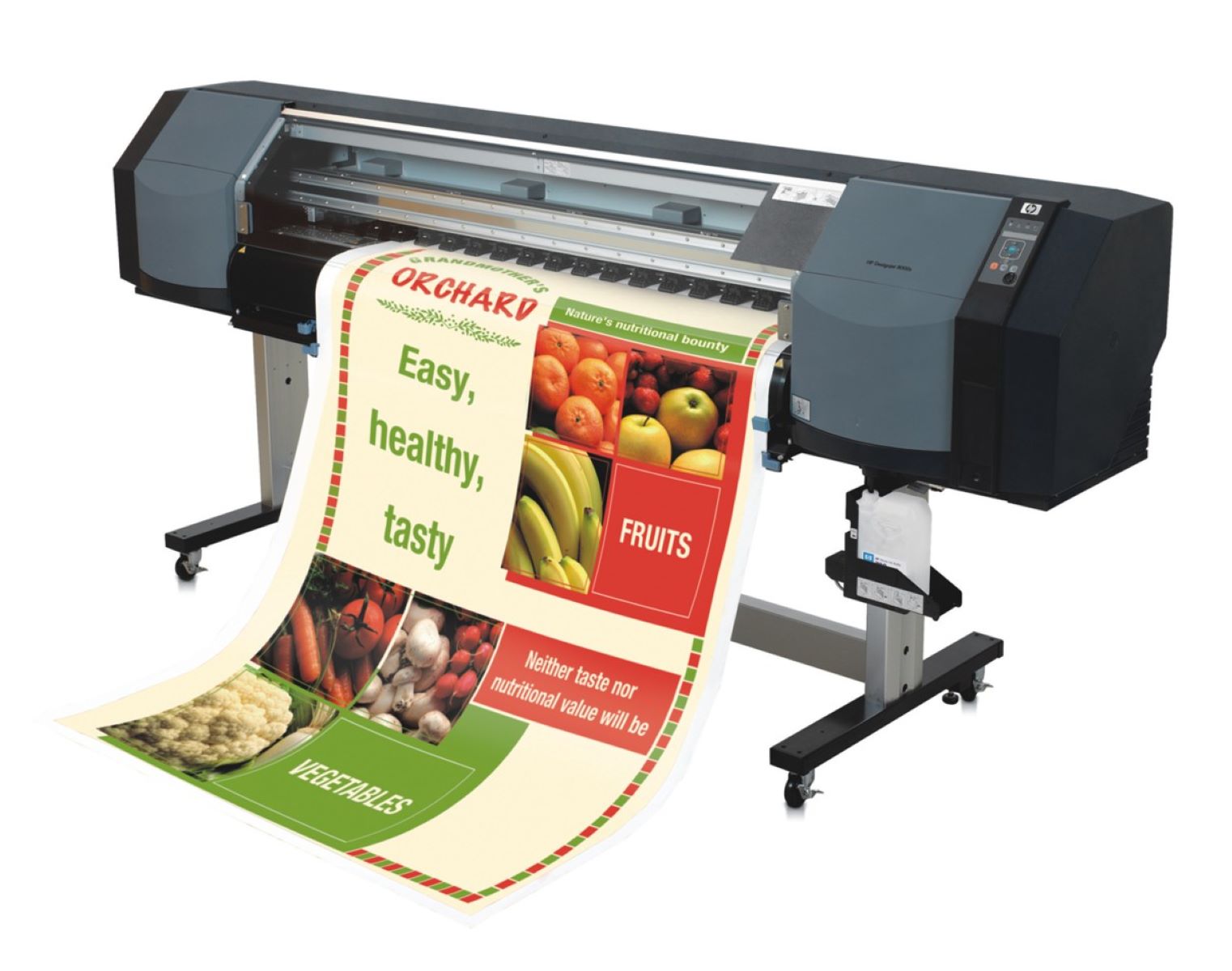

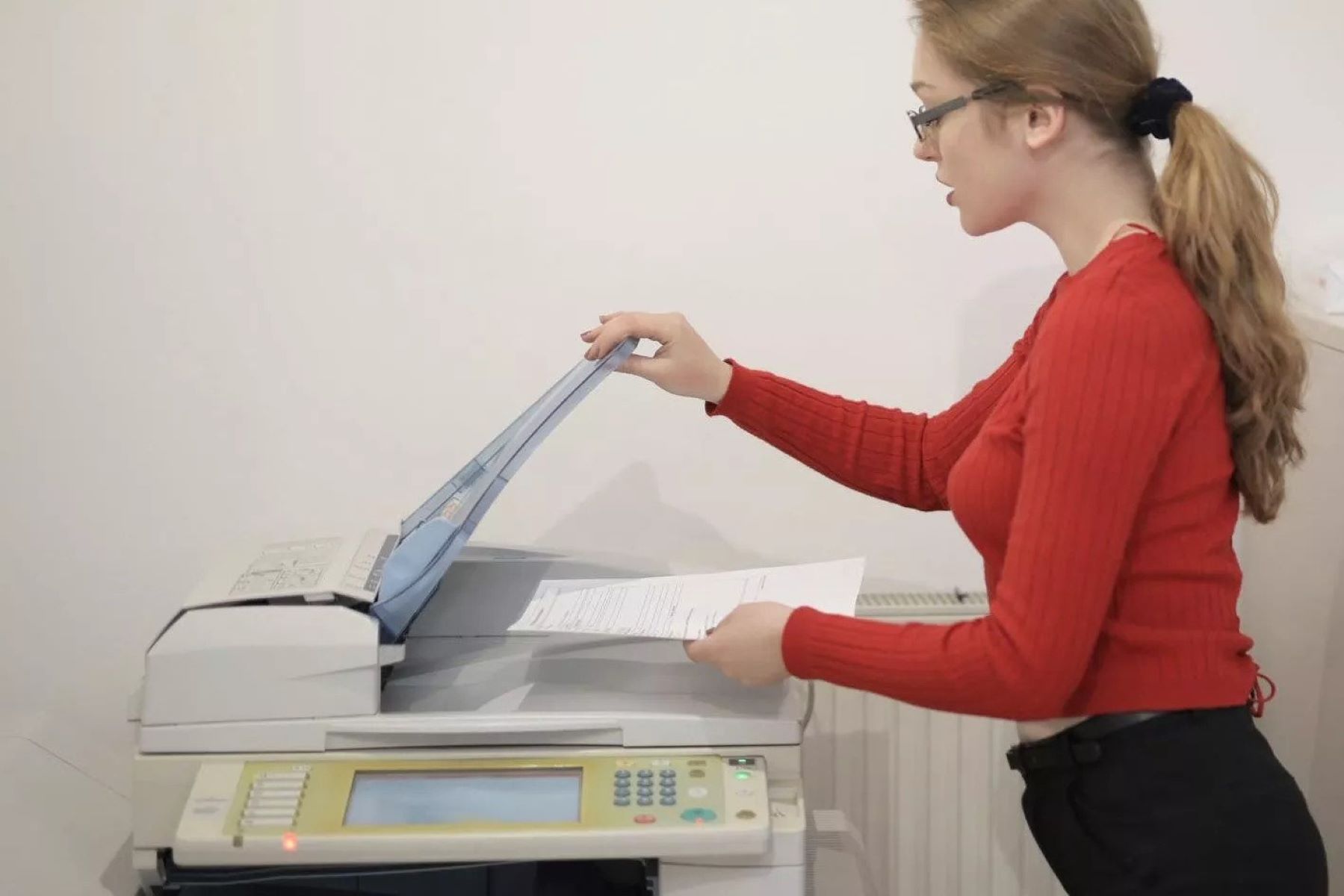

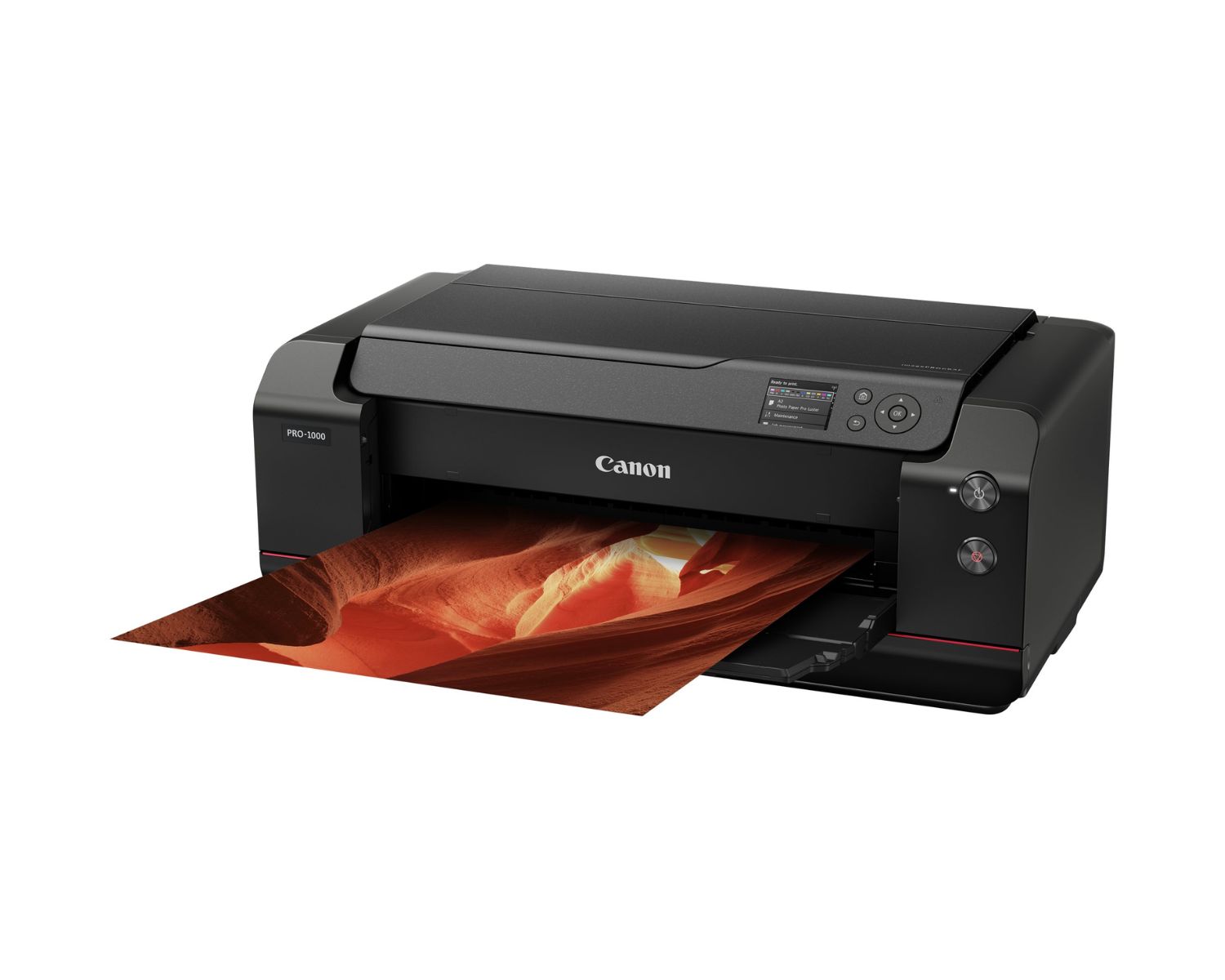

0 thoughts on “What Is Regular Printer Paper Called”